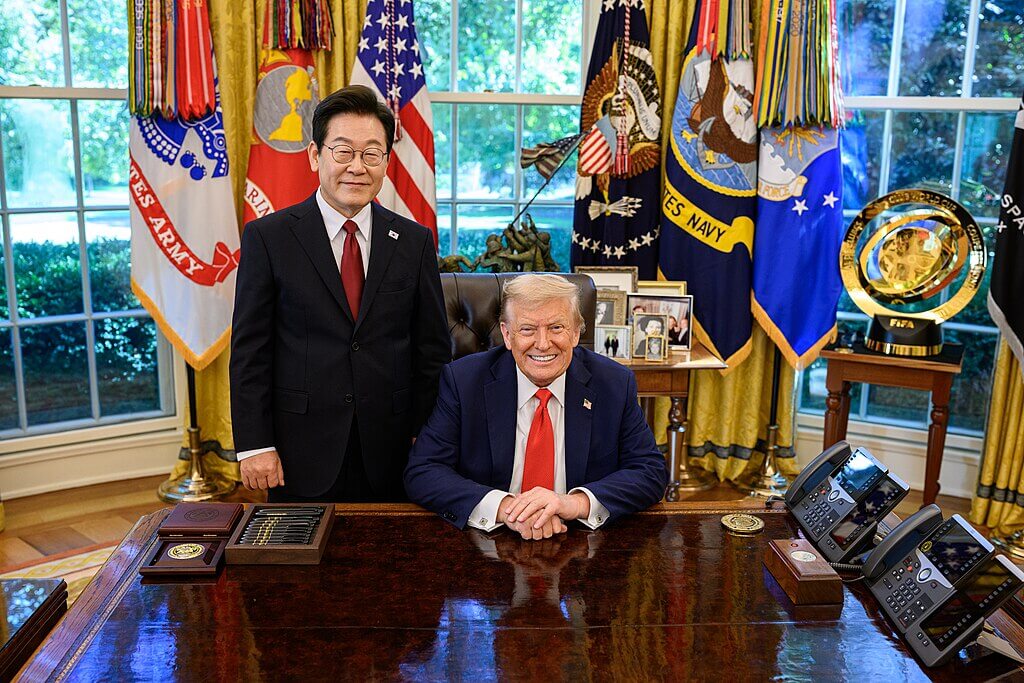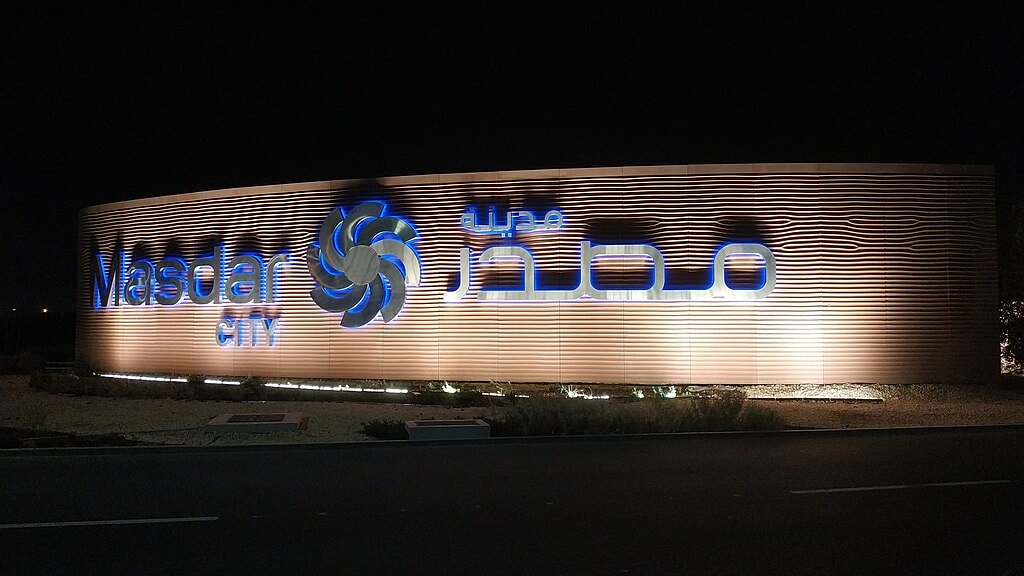Editor’s Note: This article is the third in a four-part series highlighting private sector leadership supporting the achievement of the UN’s Sustainable Development Goals (SDGs). The Global SDG Awards seek to recognize and celebrate companies that are creating profitable and innovative solutions with the potential to create a sustainable and more equitable world.
2035. This is the year in which we will meet the energy “point of singularity,” predicted by research consultancy Wood MacKenzie. It is the point at which the old guard of coal and fossil fuels will finally be overcome by renewables, fleets of electric cars and an increase in green social investments.
The point of singularity details the global energy transition we are currently living in—a process that has occurred numerous times throughout history. The 18th century saw a shift from wood and animal waste to coal, which fueled the industrial revolution. Another shift occurred in the late 19th and early 20th centuries when oil and gas were proven to be a superior in power to the energy sources that came before. 
In the Photo: We have had two “global energy transitions” over the past three hundred years: wood and animal waste gave way to coal, which gave way to oil and gas as primary sources of energy. Photo Credit: Pixabay
Economic, social and environmental challenges we find ourselves facing today necessitates bold action to hasten this global energy transition to a diverse renewable future. Sixty per cent of global greenhouse gas emissions that contribute to climate change is a result of the use of non-renewables like coal and fossil fuels. And although the growth rate of renewables generated by the energy sector has been around eight per cent per year since 2010, the International Renewable Energy Agency (IRENA) predicts the need to accelerate six times its current rate if we are to achieve the targets outlined in the Paris Accord to limit global temperature rise and to achieve Goal 7 of the SDGs to provide clean and affordable energy for all.
Wood MacKenzie’s 2035 point of singularity prediction, a mere 17 years away, may seem ambitious. According to a new Intergovernmental Panel on Climate Change (IPCC) report, however, we will exceed our carbon dioxide budget (the maximum level of CO2 emissions) allowed to limit the global temperature rise to 1.5C above pre-industrial times in less than 10 years—seven years sooner than the anticipated turning point for renewable energies. And the implications of pushing the point of singularity back will be disastrous.
In The Photo: A global diverse energy portfolio will help combat climate change and be resilient against future energy threats. Photo Credit: Pexels
The Realities of SDG 7
SDG #7 targets affordable and clean energy. This goal aims to increase the use of renewable energy sources worldwide and commits to universal access to reliable energy—with a particular focus on infrastructure expansion to support the growth of developing countries.
Significant investments and diverse and interconnected solutions will be needed to achieve Goal 7, and the benefits far outweigh these costs—savings from reduced air pollution and health and environmental preservation would average USD 6 trillion per year. GDP growth worldwide would amount to USD 52 trillion between now and 2050.
Despite the focus on a global energy transition, 1 in 7 people still lack any energy access at all, and three billion people—nearly half the world’s population—still use wood, coal and animal as their sole energy source. The resulting indoor air pollution caused the deaths of over 4 million people in 2012. Sixty per cent of those deaths were girls and women; solving the energy puzzle supports the achievement of other SDGs, such as Goal #3—Good Health and Well-Being, & Goal #5 —Gender Equality. Significant investments and diverse and interconnected solutions will be needed to achieve Goal 7, and the benefits far outweigh these costs—savings from reduced air pollution and health and environmental preservation would average USD 6 trillion per year. GDP growth worldwide would amount to USD 52 trillion between now and 2050. The private sector is in a unique position to leverage Goal 7 by investing in renewable energy, increasing energy efficiency, adopting clean energy technologies and becoming innovators in the energy sphere.
Think about it on a smaller scale: financial consultancy UBS predicts that each dollar invested in energy-efficient measures will save two dollars in investments in energy supply, and upwards of four dollars in electricity costs by a product’s end of life.
In The Photo: Nearly half the world’s population still uses wood, coal and animal waste for cooking and heating purposes. Photo Credit: Pixabay
Goal #7 Is A Multi-Billion Dollar Business Opportunity
The solution to Goal #7 and the current energy landscape is multifaceted and far from simple. We cannot only focus on renewable sources. We cannot only invest in and develop new green energy technologies. We cannot only find ways of minimizing our energy use.
All sectors need to accelerate their adoption of renewable energy and decrease their overall energy use. A decarbonized power sector will drive the transition to a sustainable future, pushing innovation and technology to new heights.
IRENA anticipates that the global energy transition will generate 40 million jobs in the clean energy sector alone; this number takes into account the job losses predicted with the shift from fossil fuels to renewables. Many of these jobs will be with innovative businesses employing new technologies to maximize clean energy capture, monitor energy use, save money and help limit climate change.
Companies like Ecobee focus on leveraging digital technologies and connectivity; Ecobee offers a smart, WiFi-enabled thermostat that allow both residential and commercial customers to monitor the temperature of their homes locally and remotely. This conserves energy when a building is empty and ensures effective heat distribution when in use.
New CO2 capture technologies developed by chemical technology companies including Opus 12, Climeworks & Blue Planet transform the otherwise harmful emission into usable materials like petrochemicals and jet fuel. These new renewable sources will help to transform other industries like construction and commercial aviation by offering them clean alternatives to traditional fossil fuels.
Related Articles:
![]() “COMPETITION CELEBRATES PRIVATE SECTOR EFFORTS TO ACHIEVE SDG #13: CLIMATE ACTION” by David Klar
“COMPETITION CELEBRATES PRIVATE SECTOR EFFORTS TO ACHIEVE SDG #13: CLIMATE ACTION” by David Klar

“CLEAN ENERGY ACCESS IS A UNIVERSAL CHALLENGE” by Forrest Watkins
One of the three biggest solar companies in the world, Canadian Solar has created a unique solar panel that is more reliable, efficient and better suited to a range of climates than its competitors. In addition to offering customers clean energy options, the company itself has cut back on carbon emission caused by manufacturing by 42 per cent since 2012.
Canadian Solar is also dedicated to providing access to energy; it donates solar panels to those in need in sub-Saharan Africa. Other companies, too, focus on providing clean energy sources to communities with unreliable power. The Sun Exchange and Off-Grid Electric are helping these regions replace harmful kerosene lanterns with clean and affordable energy so they may begin to prosper.
In The Photo: Solar energy companies like Canadian Solar offer reliable renewable energy options. Photo Credit: Pixabay
Global SDG Awards celebrates private sector efforts to achieve the Global Goals
Sustainability leaders from across countries and sectors can now compete for 17 annual Global SDG Awards. The awards will shine a spotlight on what is possible—private sector solutions that are creating a better future for each and every one of us.
Over the past three months, companies from around the world have submitted their applications for this year’s Global SDG Awards. More details about the 2018 applicants are now available via our Twitter channel. Due to a large number of individual extension requests, the application deadline has been extended to November 9th, 2018.
More information about the application process, and the individual submission questions (available for download) are now available on the Global SDG Awards website.

















